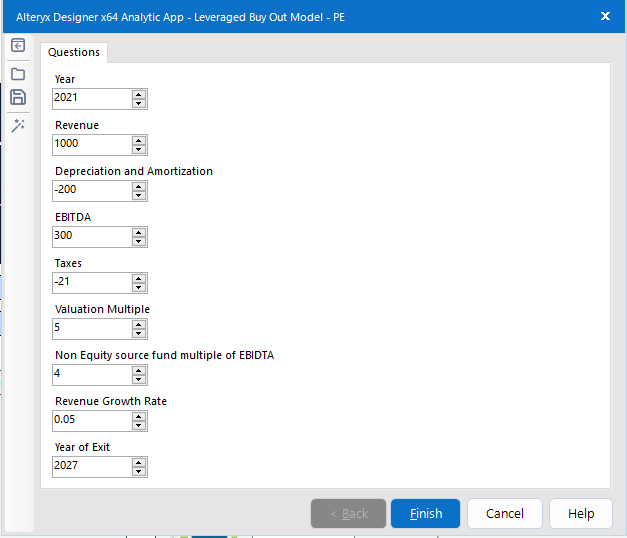What do Twitter, Hilton Hotels, and Georgia-Pacific have in common? They have been subject to Leveraged Buyout (LBO) bids. Whilst the transaction for the last two has closed, we are still waiting with bated breath to see what would be the fate of Twitter in light of the acquisition bid by Elon Musk. The global economic slowdown has seen valuations of companies across the board plummeting and has made them very attractive for acquisition and consolidation.
One of the vehicles to make an acquisition is a leveraged buyout (LBO). LBO is when the buyer borrows money from various sources to fund the acquisition of a company. LBOs leverage the assets (receivables, equipment, inventory, real estate, future cash flow) of the targeted company and acquiring company as collateral to help secure the credit necessary to purchase the company. During the entire lifecycle of such a deal, there is a constant need to run the LBO model for:
- Planning: Identifying different sources of funding and factoring in the impact on the deal duration and achieving outlined targets.
- What-if analysis: Identifying the risk in the deal by factoring and simulating changes in macro and micro economic factors and their impact on the deal.
- Benchmarking: Capturing the baseline inputs and assumptions at the stage the deal is made and then using this benchmark to compare against actuals during the actual term.
All of the above involve bringing the data in from various source systems, prepping and blending the data, and then enriching it with data from external sources. Then the data can be utilized for analytics, modeling, visualization, and decision making. In addition to the adhoc runs of the model, it needs to be run at regular intervals to check for deltas against the assumptions and monitor red flags to mitigate them. This falls in the sweet spot for an Analytics Process Automation platform like Alteryx.
With this business use case in mind, I built out a mini LBO model in Alteryx to help capture the various inputs to the model to help create a return analysis. This was done by capturing the following details: Year of Transaction, Current Revenue, Depreciation and Amortization, EBITDA, taxes, target valuation multiple, Non-equity-based source funding as a multiple of EBITDA, Revenue Growth Rate, and Targeted Year of Exit. These fields became the inputs in the analytic app that was created.


This input was then utilized to create an income statement and margin analysis to generate a cash flow statement. This was then used together with the cash and debt schedule to derive the Return analysis for analyzing the Internal Rate of Return (IRR) and Multiple on Invested Capital. I then converted the workflow into an analytic app using the tools from the Interface pallet.

This analytic app can then be uploaded to the Alteryx Server. As soon as the app is uploaded to the server, the workflow can be accessed using APIs or through an interface, as shown in the screenshot below.

Once the inputs are provided and the workflow is run and we get the return analysis as the output.

Thus this workflow can be used by Private Equity firms to capture inputs like revenue, depreciation, EBIDTA growth rate, valuation multiple, and the exit timeline to provide a return analysis, including IRR (Internal Return Rate - time value of money) and MOIC (Multiple on Invested Capital). This is a simple app replicating a model in Excel but can be extended to include more complex debt options and also to do what-if analysis based on changing input parameters. This app could also be developed to measure the actual numbers calculated from the feed or access to ERP provided by the portfolio company against the parameters based on which the decision to acquire an asset was made.
In addition to this use case, Alteryx can be used to automate analytical processes across Origination, Execution, Oversight & Management, and Exit. In addition, Alteryx workflows can be used to take care of the ESG requirements like ESG profiling, Greenwashing due diligence, ESG analytics & benchmarking, and ESG valuation impact. If you have used Alteryx for any use cases like these, let me know in the comments.
To test this app out on your data, go to the Gallery and download the app.




